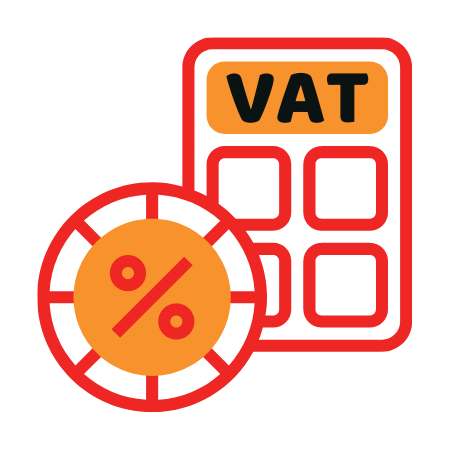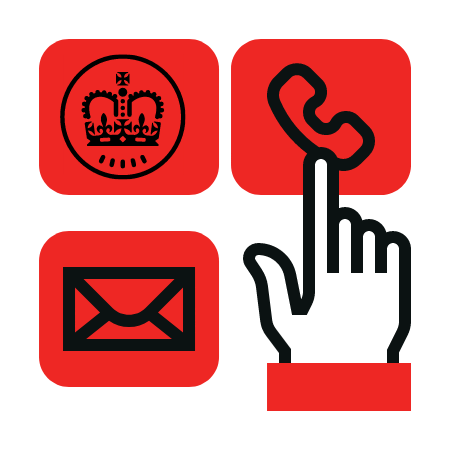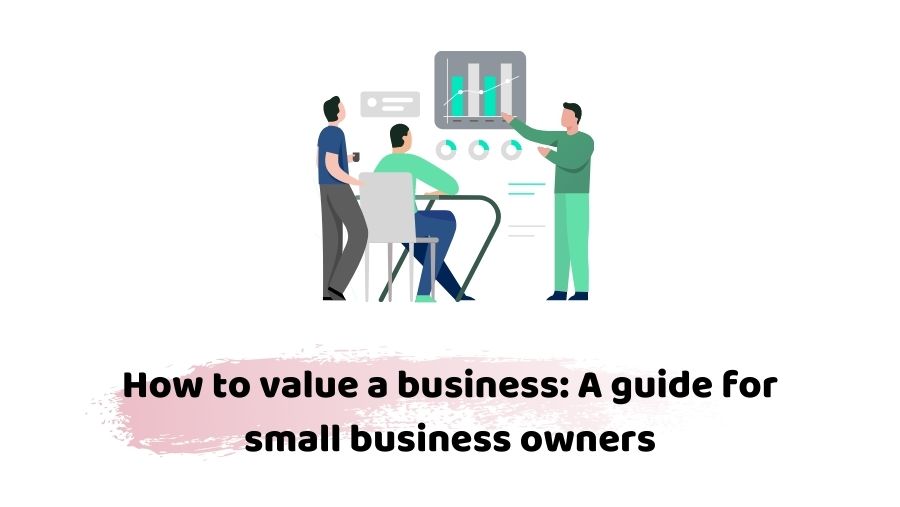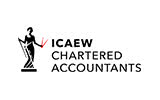If you intend to seek investors for your business or sell your business, the first need is to know its worth. This blog is just the right guide for you to calculate your business worth.
You might have been new to the business and up running it for four weeks. Or maybe you were in the business world for several years. At some stage, you need to calculate the economic worth of your business. The question that arises here is, how to value a business?
Or
Why Do we need to know the Worth of a Small Business?
Out of several reasons to know the worth of your business. Some of them are listed below for you.
- You intend to sell your business.
- You are seeking investors for your business.
- You are required to understand your business’s worth and growth.
- The company requires applying for bank loans.
Usually selling the business shares and investment is the most common purpose behind the intention to calculate the economic worth of business. Having a vivid understanding of business valuation will help to communicate your interests to the investors, banks, or the buyer.
For example, you can easily explain the value of your business is X amount and if they seek Y percentage, they can fork out Z. since the shreds of evidence for business value are very important to attract buyers and investors.
If you fail to demonstrate your business’s worth to the investors and buyers, how can you even tell them the amount of capital to invest in? This will lead to unimpressed and upset the investors which will further damage your image in the business world and your business will be at risk to face financial issues.
Learn Business Valuation with the Accotax Team!
Business Valuation Methods:
Out of several methods of how to value a business, the most common methods are:
1- Comp Method or Multiples Method:
This is known to be the simplest. It required multiple revenues, earnings before the deductions like tax, depreciation, and revenue on which the company was sold. It further needs to be multiplied by current revenue.
2- Discounted Cash Flow Method (DCF):
This is a complicated method and requires forecasting of your earnings into the future to an extent of five years usually. Also, the present value of the business will be helpful for this method.
Contact our Accountants to get help for your business valuation!
Step by Step Guide:
This blog will help you to learn how to value a business using multiple methods. Follow this step-by-step guide for your business valuation.
Step 1- Capital Assets:
If you are not a qualified accountant, you may have some misconceptions associated with asset value and business value. These two are completely separate entities.
Knowing business worth does not mean knowing how much cash is there. The buyers and investors are most interested in knowing the amount of money they can make if they sell your business. The other interest could be the money they can make through your products services.
Acknowledge the interest of investors and forget about the capital asset. Rather focus on the working of step 1 to demonstration of money that your business is making and will make in future.
Step 2- Outgoing Payments and Gross Income:
The value of your business is measured in profits if not in your capital assets. The value of the business is simply to know the money that is possible to make through the product services provided by your business. The other factor could be foreseeing how much money the business will make in the future.
That is not all we need. Business valuation is not based on its income of a single year. There are more important factors. They are listed below. To begin with step 2, show profit adjustments with demonstration of business growth along with the discussion of your business size.
Profit Adjustments:
While learning how to value a business, you should not consider the same profit that the company is making in the current year. If we see practically, businesses grow with time. Let’s suppose we are considering an extent of five years in this regard. Keep in mind the business growth and adjust the profits accordingly.
Multiples:
Multiples of a small business depend on the size of your business and the risk factors to come up with innovative changes with the requirement of time.
Reach out to our Accountants for quick profit adjustments!
Step 3- Value Calculation:
This step requires the actual professional with computing skills for calculating the value of your small business. If the process of bookkeeping was maintained in the right manner then you are well prepared and good to go with calculating the value of your small business. This process may take a few months before you are ready to demonstrate it to the interested parties of buyers and investors.
Step 4- Market Worth:
Learning how to value a business is the ultimate learning to be prepared to provide your inverters and buyers with reasoning. The more vivid valuation you have created, the more power will lay in your demonstration for the investors. This does not always mean that you have the actual worth equal to what you put in your valuation.
Finally, work for your market value and prove it to buyers or investors for a better understanding.
Conclusion:
In Conclusion, we can say that the article has justifiably proved the simplest way of how to value a business Multiples method is known to be the most accurate and doable for small business valuation.
Gear up to increase your market value now with Accotax!





















































